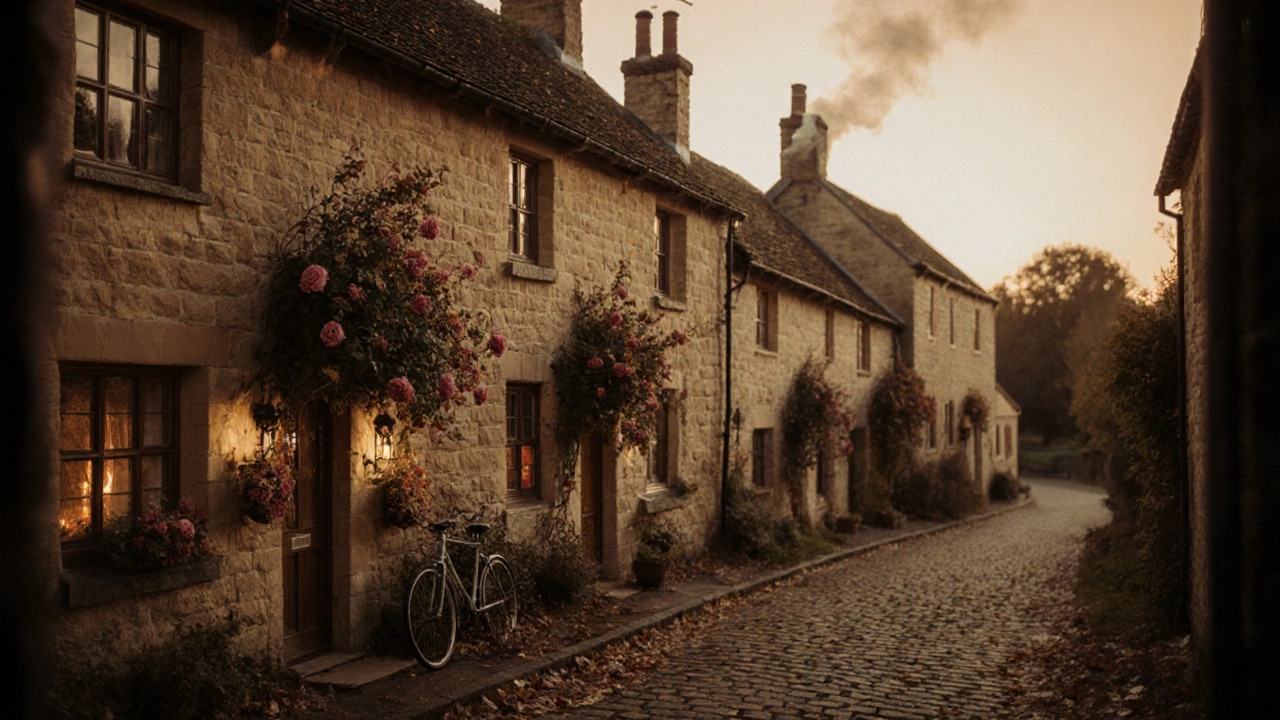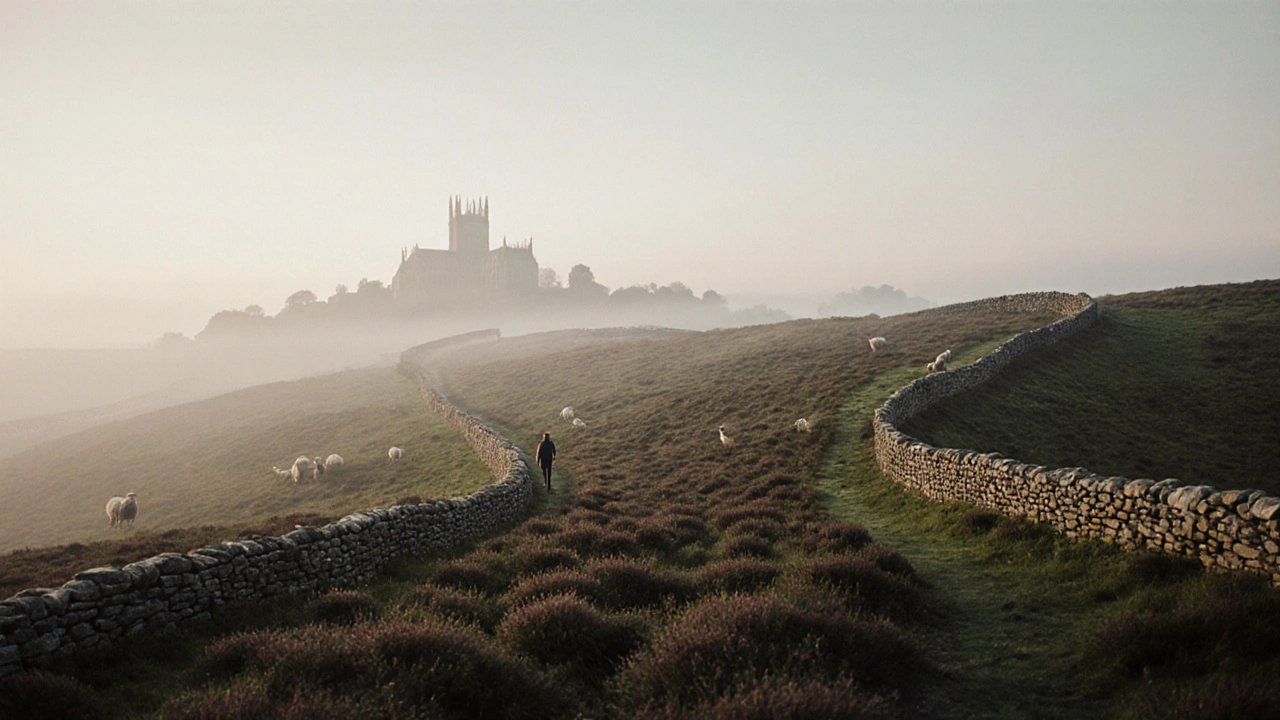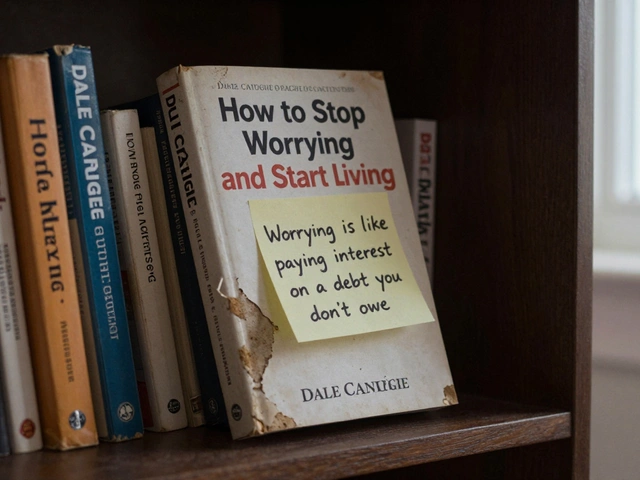England isn’t just London and tea shops. It’s rolling hills that have inspired poets, coastal towns where the sea smells like salt and history, and cities where ancient stone walls stand beside buzzing street food markets. If you’re asking what part of England should I visit, the answer depends on what you’re looking for: quiet solitude, wild nature, culture, food, or just a good walk with a pint in hand.
Yorkshire: For the Soul Who Needs Space
If you want to feel small in the best way possible, head to Yorkshire. The Dales are a patchwork of stone walls, sheep grazing on green slopes, and hidden waterfalls. The Moors stretch out like a wild, open wound of heather and mist - perfect for long, lonely walks. At the heart of it all is York, a medieval city with a 2,000-year-old wall you can walk the full length of. The Minster dominates the skyline, but skip the crowds and wander the Shambles - a crooked street of timber-framed shops selling handmade chocolates and local ales. Yorkshire doesn’t shout. It waits for you to sit on a bench, stare at the hills, and realize you’ve forgotten your phone.
Devon and Cornwall: Where the Sea Meets the Land
Southwest England is where England feels like another country. Cornwall’s coastline is rugged, dramatic, and littered with tiny fishing villages like Mousehole and Newquay. The South West Coast Path runs for 630 miles - and you don’t need to walk it all. Pick a 5-mile stretch near Land’s End or the Lizard Peninsula and let the cliffs drop into turquoise water. Devon is softer: think thatched cottages, creamy Devonshire cream teas, and the wild expanse of Dartmoor. You’ll find ancient stone circles, granite tors rising like broken teeth, and ponies roaming free. The food here is simple but unforgettable: fresh crab, locally caught mackerel, and cider made from apples grown in orchards older than your great-grandparents.
London: The City That Never Sleeps - But Still Has Quiet Corners
Yes, London is crowded. But it’s also the only place in England where you can have breakfast in a 17th-century coffee house, lunch in a Michelin-starred Indian restaurant, and dinner at a pub that’s been serving ale since 1823. Skip the tourist traps like the London Eye and wander Camden Market instead. Or take a slow Sunday stroll through Hampstead Heath - a wild, forested park that feels like the countryside, but you’re only 20 minutes from King’s Cross. The British Museum holds over 8 million artifacts, but you don’t need to see them all. Just pick one room - maybe the Egyptian mummies - and sit quietly. People come to London for the energy. Stay for the quiet moments between the noise.
The Lake District: For Those Who Need to Breathe
Words like "picturesque" and "serene" were invented for the Lake District. Windermere is the largest lake, but the real magic is in the smaller ones: Derwentwater, Ullswater, Coniston Water. Walk the paths around them, or hire a rowboat and drift without a destination. The fells - those steep, rounded hills - are where hikers come to test themselves. Scafell Pike, England’s highest mountain, isn’t for beginners, but even a short climb up Helvellyn gives you views that stick with you for years. The villages - Grasmere, Ambleside, Keswick - are cozy. They have bookshops, cafes with homemade scones, and pubs where locals still chat about the weather like it’s a deep secret. This is where Wordsworth wrote poetry. It’s still the kind of place that makes you want to write something, even if you’ve never held a pen before.

Northumberland: England’s Hidden Wild
Most tourists skip Northumberland. That’s why it’s perfect. It’s the least populated county in England, with more sheep than people. The coastline here is raw and untouched - think Alnwick Castle perched above cliffs, and Holy Island, which becomes an island only at high tide. Bamburgh Castle looks like something out of a fantasy novel, and the beaches are wide, empty, and littered with shells. The Northumberland National Park is dark - so dark that it’s one of the few places in England where you can see the Milky Way clearly. Stay in a stone cottage with a wood-burning stove, hike the Hadrian’s Wall path, and eat venison stew in a pub that’s been around since the 1500s. This is England at its most ancient, most quiet, most real.
The Cotswolds: For the Fairytale Lovers
If you’ve ever dreamed of walking through a postcard, the Cotswolds are your place. These villages - Bourton-on-the-Water, Bibury, Stow-on-the-Wold - are made of honey-colored stone, with roses climbing over doorways and flower boxes bursting with color. It’s the kind of place where the streets are too narrow for cars, so you walk everywhere. The pubs serve real ales, the tea rooms serve scones with clotted cream, and the gardens are immaculate. It’s not wild. It’s not rugged. But it’s peaceful in a way that feels like a warm blanket. If you want to see how England wanted to look - gentle, orderly, beautiful - this is it.
Manchester and Liverpool: Where Music and Grit Meet
Don’t let the industrial past fool you. Manchester and Liverpool are two of England’s most alive cities. Manchester’s music scene birthed The Smiths, Joy Division, and Oasis. Walk through the Northern Quarter and find record shops, street art, and vegan bakeries. The Science and Industry Museum is one of the best in the country - it’s in a former railway station, and you can still see the original steam engines. Liverpool? It’s the birthplace of The Beatles, but it’s also a city of fierce pride. Walk the Albert Dock, where the warehouses are now galleries and restaurants. Visit the Beatles Story, then head to a local pub and ask someone about the city’s history. They’ll tell you about the docks, the strikes, the resilience. This isn’t polished England. It’s real. Raw. Loud. And unforgettable.

East Anglia: Quiet, Flat, and Surprisingly Rich
East Anglia doesn’t make the postcards. But it’s full of quiet wonders. The Norfolk Broads are a network of rivers and lakes where you can rent a narrowboat and drift for days. The coast has vast, empty beaches like Holkham, where dunes stretch for miles and seals nap on the sand. Norwich has a cathedral older than the Tower of London and one of England’s best farmers’ markets. The region is flat - so flat you can see for miles. But that’s the point. There’s something calming about open skies, endless horizons, and the sound of wind through reeds. It’s the kind of place you come to slow down - and realize you didn’t know how fast you were going.
What You Shouldn’t Skip
Even if you only have a week, don’t miss these three things:
- A pub lunch with a pint of local ale - try a bitter from a microbrewery, not the big brands.
- A train ride through the countryside - the Settle-Carlisle line, the Cornish Main Line, or the Settle-Carlisle route are all scenic masterpieces.
- A walk in the rain - England’s weather is part of its charm. The light after a shower turns the hills green, and the mist clinging to the hills feels like magic.
When to Go
Spring (April-May) is ideal. The flowers are out, the crowds are thin, and the weather is mild. Summer (June-August) is busy but warm - perfect for coastal towns. Autumn (September-October) brings golden leaves and crisp air, especially in the Lake District and Yorkshire. Winter is quiet, cold, and beautiful - if you don’t mind woolly scarves and foggy windows. Avoid August if you hate crowds. That’s when the British take their holidays, and places like the Lake District and Cornwall fill up fast.
Final Tip: Don’t Just See England - Feel It
You won’t find the soul of England in guidebooks. You’ll find it in the old man at the pub who remembers when the train stopped running through his village. In the woman at the market who gives you an extra scone because you looked tired. In the silence of a misty moor at dawn. England isn’t about ticking off sights. It’s about letting the place change you - even just a little.
What is the most visited part of England?
London is the most visited, with over 20 million tourists a year. But many travelers who come for the city end up falling in love with quieter places like the Lake District, Yorkshire, or the Cotswolds - often returning for those instead.
Is it better to visit London or the countryside?
It’s not either/or. London gives you culture, food, and energy. The countryside gives you peace, nature, and history. The best trips combine both: spend 3 days in London, then take a train to the Lake District or Yorkshire for the rest of your trip. You’ll get the full picture.
Where is the best place for food in England?
Devon and Cornwall for fresh seafood and cream teas. Manchester and Liverpool for global flavors - from Nigerian jollof rice to Bangladeshi curries. Yorkshire for traditional pies and puddings. And London for the widest range - from street food stalls to 3-Michelin-starred restaurants.
Can I visit England on a budget?
Absolutely. Many national parks and coastal paths are free to walk. Public transport is affordable, especially with a railcard. Stay in B&Bs or hostels, eat at pubs (they often have £10 lunch specials), and visit free museums like the British Museum or Tate Modern. You don’t need to spend a lot to have a rich experience.
What’s the one thing most tourists miss in England?
The quiet. Not just silence, but the slow rhythm of life outside the cities. Sitting by a lake with no phone. Walking a country lane with only birds for company. Having tea with a local who tells you stories about their grandparents. That’s what sticks with people long after they’ve left.
Start with one place. Just one. Let it surprise you. Then come back for more.










